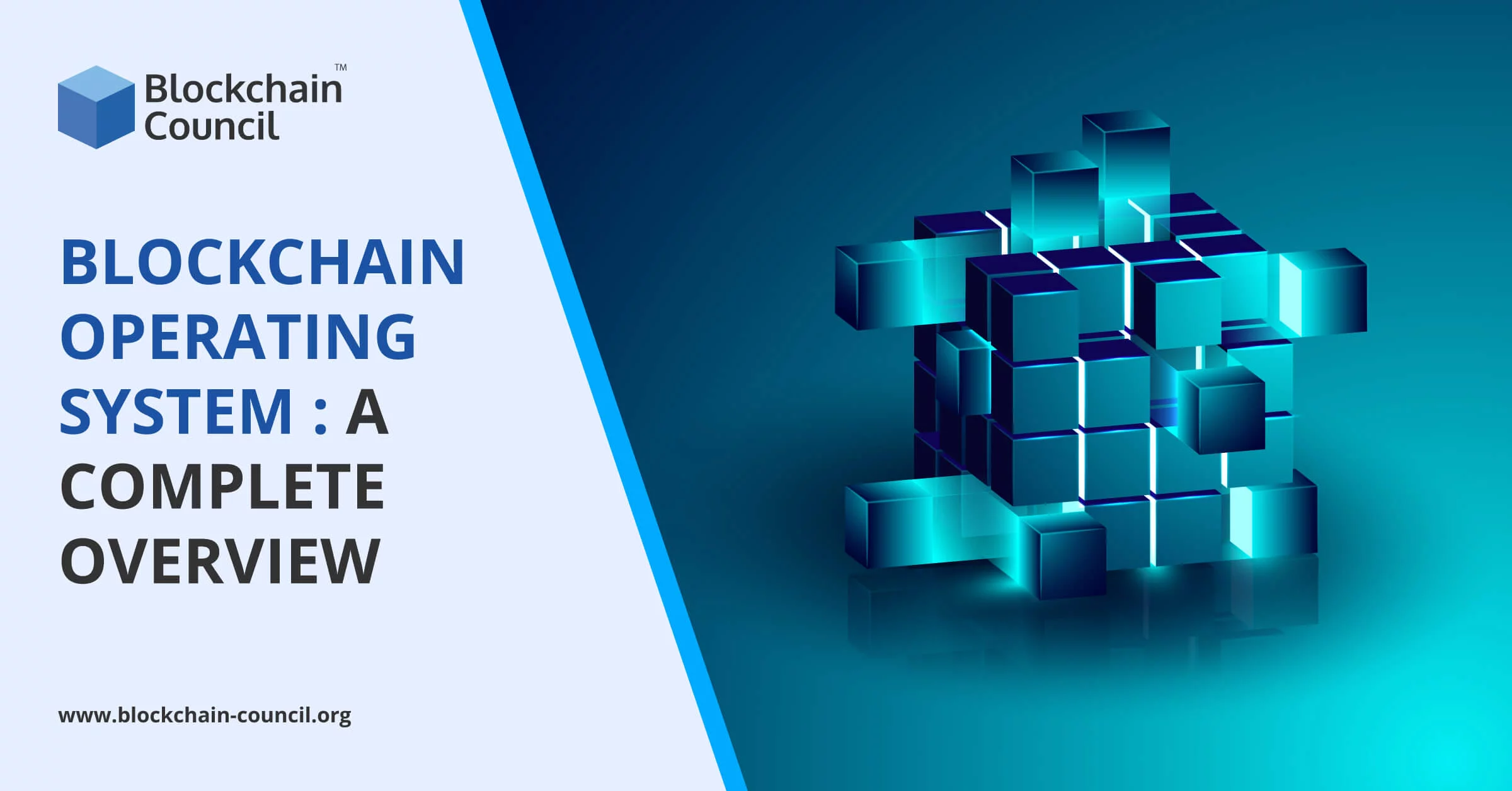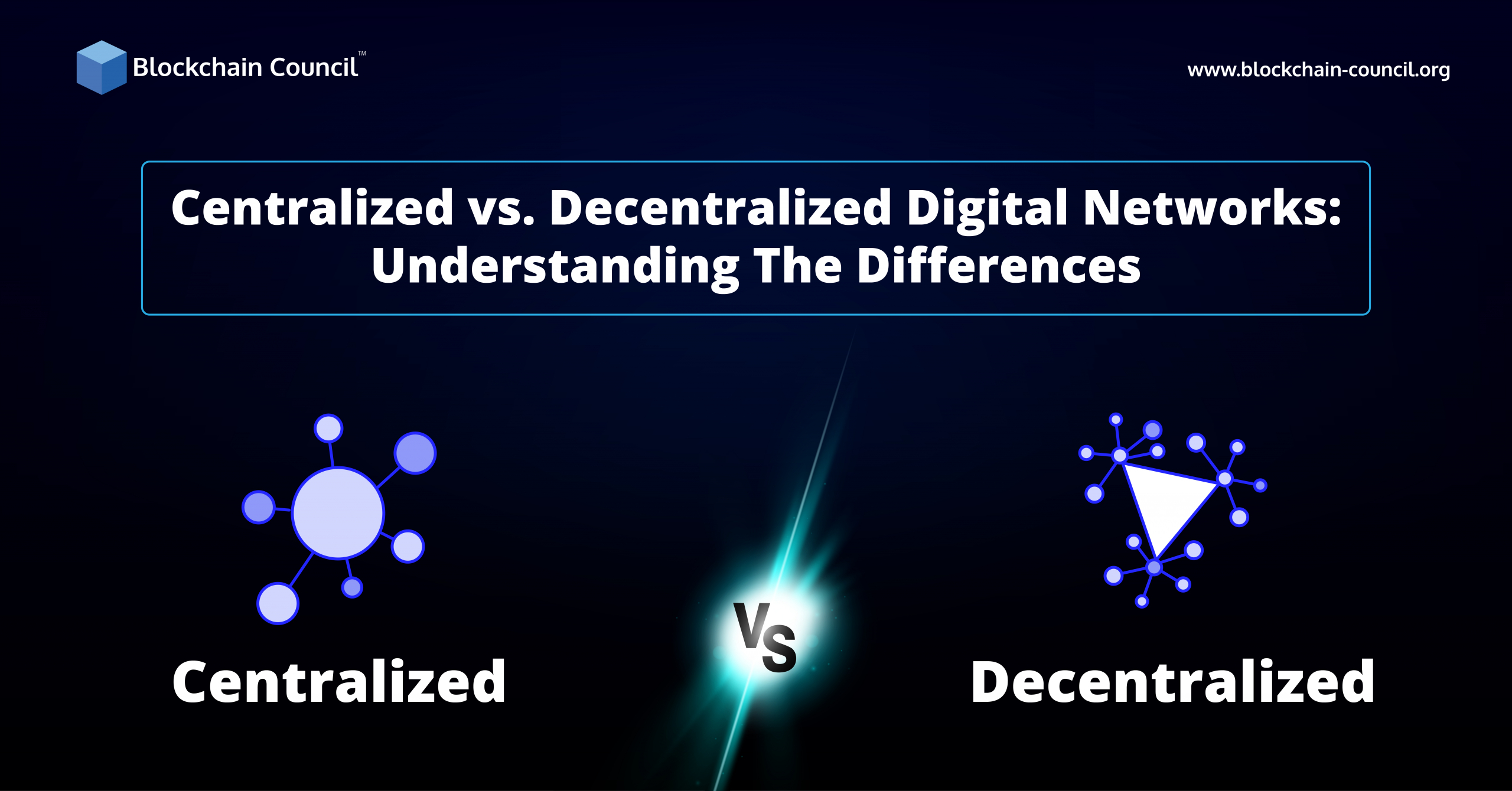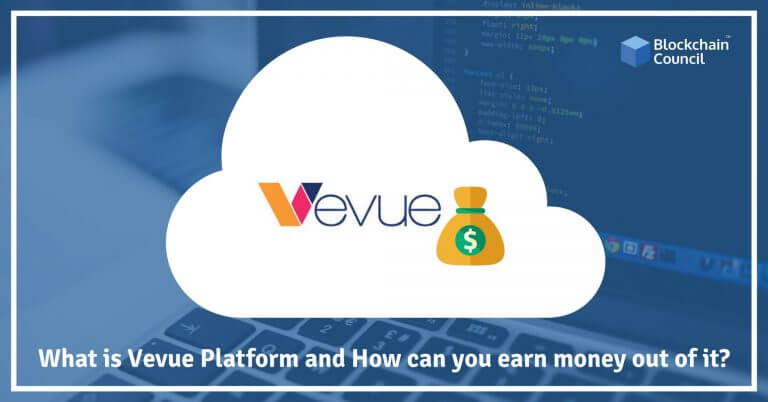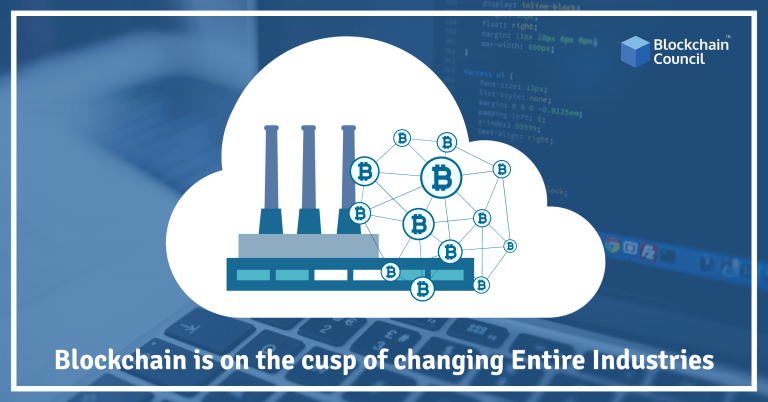
- Toshendra Kumar Sharma
- March 30, 2020
Heard of Blockchain operating systems before? Want to get an overview of Blockchain-based OS? You have landed at the right page. The article below explains what actually is Blockchain OS and a few of its types.
Learning Of Blog
- Introduction to Blockchain and Blockchain OS
- More about Blockchain OS
- Types of Blockchain OS
- Conclusion
Introduction to Blockchain and Blockchain OS
Blockchain is a ledger of events that are designed to resist tampering by performing a decentralized approach, which means there is no central authority to govern. Blockchain uses different computers on a network to keep a record of a ledger, with every computer having its own copy.
Blockchain is a decentralized ledger tracking of one or more digital assets on a peer-to-peer network. When we say peer-to-peer networks, it means a decentralized peer-to-peer network where all the computers are connected in some way, and each will have a complete copy of the ledger.
Now, let’s talk about the Blockchain operating system(OS)
Before the introduction of blockchain operating systems, the only way to interface with the blockchain was to program on it directly.
A blockchaint-based OS captures all commands and transactions from a user’s device, but authentication, execution, and recording occur on the blockchain.
A blockchain operating system uses blockchain as support. That means they don’t run on your computer’s hardware but instead operate on the cloud, which means users have the liability to manage blockchains on PC, iOS, or even mobile phones.
Want to master Blockchain certification and become a Blockchain Expert? Check out Blockchain professional courses now.
More About Blockchain OS
What do you think Blockchain OS offers to its users? Not surprisingly, but all the benefits of blockchain are available to blockchain OS users as well.
As with traditional operating systems such as Windows, Linux, and others, a blockchain OS introduces a layer beneath the software to make interfacing with the hardware easier. The blockchain-based operating system offers benefits of security and privacy, and the deregulated, decentralized use of OS.
Blockchain OS intends to facilitate easier development, but also better user experience in the end.
The concept is emerging, and real-world use is still limited. However, if it works in offering a smooth and clutter-free working of the device OS, it may not be too far to see thousands of devices running on such blockchain OS very soon.
Types of Blockchain OS
ConsenSys Codefi
Ethereum co-founder Joseph Lubin founded this Blockchain OS in the year 2014 with the purpose of global commerce and finance. This operating system is a product suite with the modular capability to digitize financial instruments focused on being an easy-to-use tokenization system for the purpose of finance, such as payment systems, data analytics, and more.
This operating system enables to :
- Create, issue, and manage the digital assets, associated markets, and digital financial instruments on either of the blockchain networks.
- Send, receive, and manage payment transactions in cryptocurrency and stablecoins within a single dashboard.
- It is a suite of tools empowering anyone to utilize tokens and participate in decentralized networks.
EOS
EOS, introduced in 2017, is a multi-purpose platform for the creation and operation of decentralized applications(Dapps). It has the highest transaction processing capacity with a convenient and straightforward account security model, and a host of effective technical solutions.
This EOS blockchain will allow users to create decentralized applications more quickly and easily. With the help of EOS, users will have the ability to create databases on the network and open accounts with low fees, great transaction velocity, minimal risk, and maximum profit.
The main goal of EOS is to increase productivity through the scalability of a distributed database in the development of technology-intensive businesses.
The key features include-
- Free operations. One of the principles of EOS is that all transactions should remain free./li>
- EOS is highly efficient; it can operate thousands of transactions per second due to asynchronous communication mechanism utilization.
- EOS helps teams leading new projects to run and configure their own applications much more quickly.
Overledger OS
It’s an operating system created by Quant Network that lets you connect or interoperate any legacy network, and every current and future blockchain, without extra overhead. It is the only interoperability platform for bridging multiple blockchains at scale and supports up to 10 popular blockchains, including Hyperledger Fabric, Corda, Ethereum, Bitcoin, EOS, Ripple, to name a few. It is an enterprise OS that interconnects blockchain enterprise platforms and networks.
The key feature include
- Supports interoperability as it makes trusted transactions with multiple current and future blockchains.
- Access multiple interoperable blockchains with just three lines of code- without the need to invest in further infrastructure or specialist resources
- It is scalable as it is fast and easy to extend across applications as your needs grow.
- It takes advantage of different, or advancements in, blockchain systems with minimal effort and expense.
LibertyOS
The official site of LibertyOS claims it to be the world’s first operating system that is focussed on user privacy, security, speed, stability, and accessibility. It empowers the users of the operating system with the privacy, stability along with a smooth, faster experience without ads. There is nothing you cannot do with LibertyOS. It offers vast libraries of software and applications for usage in production, business, gaming, web surfing, and more.
Key features include
- It natively supports many cryptocurrencies like Bitcoin, Ethereum, Monero, and others.
- It comes with the TOR browser so that you can easily navigate the web anonymously.
- It does not track user behavior as it respects the privacy of every user.
Conclusion
Soon we will be able to see many new advancing blockchain operating systems with new capabilities and better performances.
In the end, it is clear that blockchain has its footprints in every domain now, and this is giving rise to the demand for blockchain developers as well. If you have ever thought of choosing your career in the blockchain domain, this is the right time.
Technology is changing at an alarming rate. So why wait? Get yourself evolved with the best online Blockchain certification courses.
To get instant updates about Blockchain Technology and to learn more about online blockchain certifications and become a blockchain expert, check out Blockchain Council.




































































 Guides
Guides News
News Blockchain
Blockchain Cryptocurrency
& Digital Assets
Cryptocurrency
& Digital Assets Web3
Web3 Metaverse & NFTs
Metaverse & NFTs
